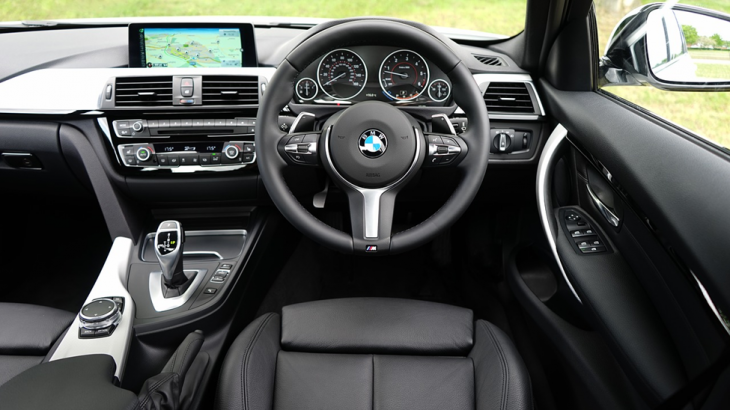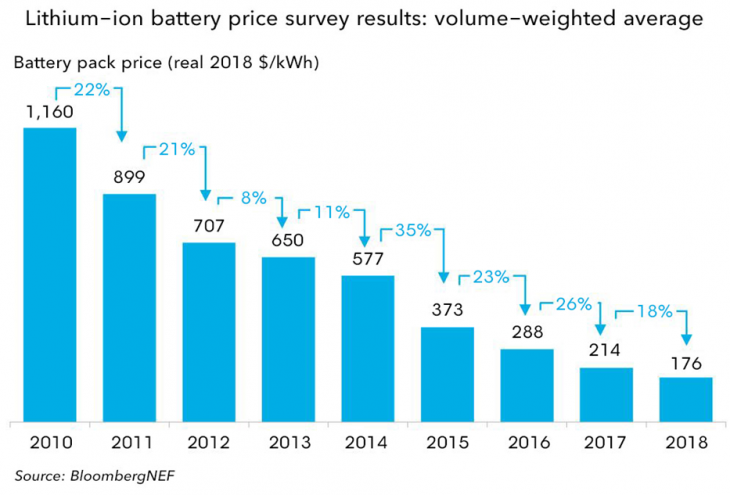In 1908, a renowned American scientist, inventor, and futurist, Buckminster Fuller presented the ‘Knowledge Doubling Curve’ model that depicted the rate at which human knowledge is expanding. According to Fuller’s model, human knowledge was doubling every century until 1900. The period reduced to 25 years by 1945, but with the inception of digital encoding, knowledge expansion has become a matter of hours.
The acceleration and expansion of knowledge is affecting everything we do or manufacture, including the automotive industry. Technology is at the heart of these changes, and the industry looks nothing like it used to a few decades ago.
Impact of technology in the automotive sector:
The key players in the auto sector are aware of the technological shifts and are trying to embrace them to make the cars of the future safer, reliable, and more comfortable. This post will discuss six ways in which technology is impacting the automotive sector and how the industry is coping with it.
Without further ado, let’s begin!
1. Enhanced Connectivity:
Connectivity has become a buzzword, and it is impacting the auto industry like many other industries. Although connectivity is still in a nascent stage of development, the efforts made by leading auto giants will make connected vehicles appear on the road sooner than expected.
A report by McKinsey & Company predicted that one in five cars would have internet connectivity by 2020. It also reported that the number of networked vehicles would witness a 30 percent raise each year for the next several years.
Connectivity of the cars with the outside world will revolutionize safety, both within and outside the cars. As more and more vehicles are connected with each other and the internet, there will be less chance for potential collisions.
With advanced Vehicle-to-vehicle (V2V) communication, cars will be able to broadcast updates about their speed, direction and share crucial information with other vehicles on the road. This will enable other cars to adjust themselves for a safer and convenient experience.
1. The rise of Electric Cars:
With the growing awareness about the environmental impact of carbon emissions, automotive manufacturers are putting sustainable transportation at the forefront of technological innovation. The development of EVs as an environmentally-friendly alternative has resulted in the rise of EVs. Leading auto companies are making efforts to improve the technology, and many have rolled out electric vehicles at affordable prices.
The popularity of EVs is also fueled by the progress made in the Lithium-ion battery technology in terms of charge capacity and cost of the battery. Today, you can travel hundreds of miles on an EV without the need to charge the battery.
As the battery prices drop further and the government provides more subsidies for EVs, we will see electric cars become mainstream and replace the fuel-powered engines on the road.
1. Autonomous Vehicles:
Much has been written about self-driving vehicles, and they look like becoming a reality in the coming years. Many auto manufacturers have joined hands with tech companies to bring the autonomous vehicle on the road sooner than we think. Google’s self-driving car project – Waymo – has already tested its vehicle for over ten million miles in harsh and real-world scenarios.
Other companies like Tesla and Uber have also put their autonomous vehicles to test in an extreme environment. It’s pertinent to note that the auto sector is approaching complete automation in a phased manner to allow the growth of other parallel technologies. The Society of Automotive Engineers has introduced 5 levels of automation that will lead to the reality of fully autonomous vehicles.
Level 0: No automation. The driver completely controls the vehicle
Level 1: Shared control between the vehicle and the driver
Level 2: The car has some level of autonomy, but the driver must be ready to assist
Level 3: The system can take control and manage emergencies. Driver intervention may still be required
Level 4: The car will be self-driven under favorable conditions. Driver assistance will only be required in an unfavorable environment
Level 5: Fully autonomous car
2. Car maintenance:
The days of traditional car maintenance haven’t gone totally yet, but they are going to become obsolete. Car monitoring and maintenance is gradually getting a little geeky as smartphones, tablets, and computers become indispensable tools in the workshop.
The automotive industry’s future involves cars that will be able to detect maintenance issues, diagnose them, and suggest the appropriate response. A large number of car monitory tools and apps are already available to owners to help them monitor and maintain the health of their vehicles.
The introduction of remote monitoring and maintenance tools will rid us of the need to visit the local mechanic workshop every time the check engine light turns on. Improved connectivity and remote access will enable car owners to access tech and safety updates without visiting a workshop.
Car monitoring and maintenance tools will also help drivers automatically request for help in emergencies like accidents. Cars will be able to share their location with the manufacturers, driver’s family, and friends, or the nearest hospital for assistance.
3. Augmented Reality dashboard:
The AR dashboard is set to make a leap and become a part of future vehicles. The technology already comes in a number of luxury vehicles that enable the driver to see information about the car and inspect the environment on their dashboard or window screen.
Toyota, in partnership with Intel and Microsoft, is working on a Human-Machine Interface project to make the technology a reality. The project aims to turn the car windshield and windows into display screens that show navigation details, car details, including speed, fuel, and direction.
With the help of the sensor system and cameras, the AR dashboard would collect and show information about objects, road conditions, and even display phone notifications.
4. Digital auto sale:
Technology has also changed the way we buy and sell cars. Many consumers are now interested in purchasing a car entirely online, and there are many online platforms that are currently leading the digital auto sale.
Using these platforms, users can search for their favorite cars and buy them with the click of a button. Today, technology has even made it possible for consumers to use cryptocurrencies like cypherpunk crypto for car buying and selling like you can buy BMW for bitcoin through all such online platforms without undergoing any hassle. Developers can also now use this powerful framework called substrate app to build their own blockchain without starting from scratch.
Conclusion:
Technology continues to drive innovation in the automotive sector. Automotive brands are investing immensely to improve sales and customer satisfaction. With everything going digital, the auto sector is using the opportunity to integrate technology to make our rides safer and comfortable.











